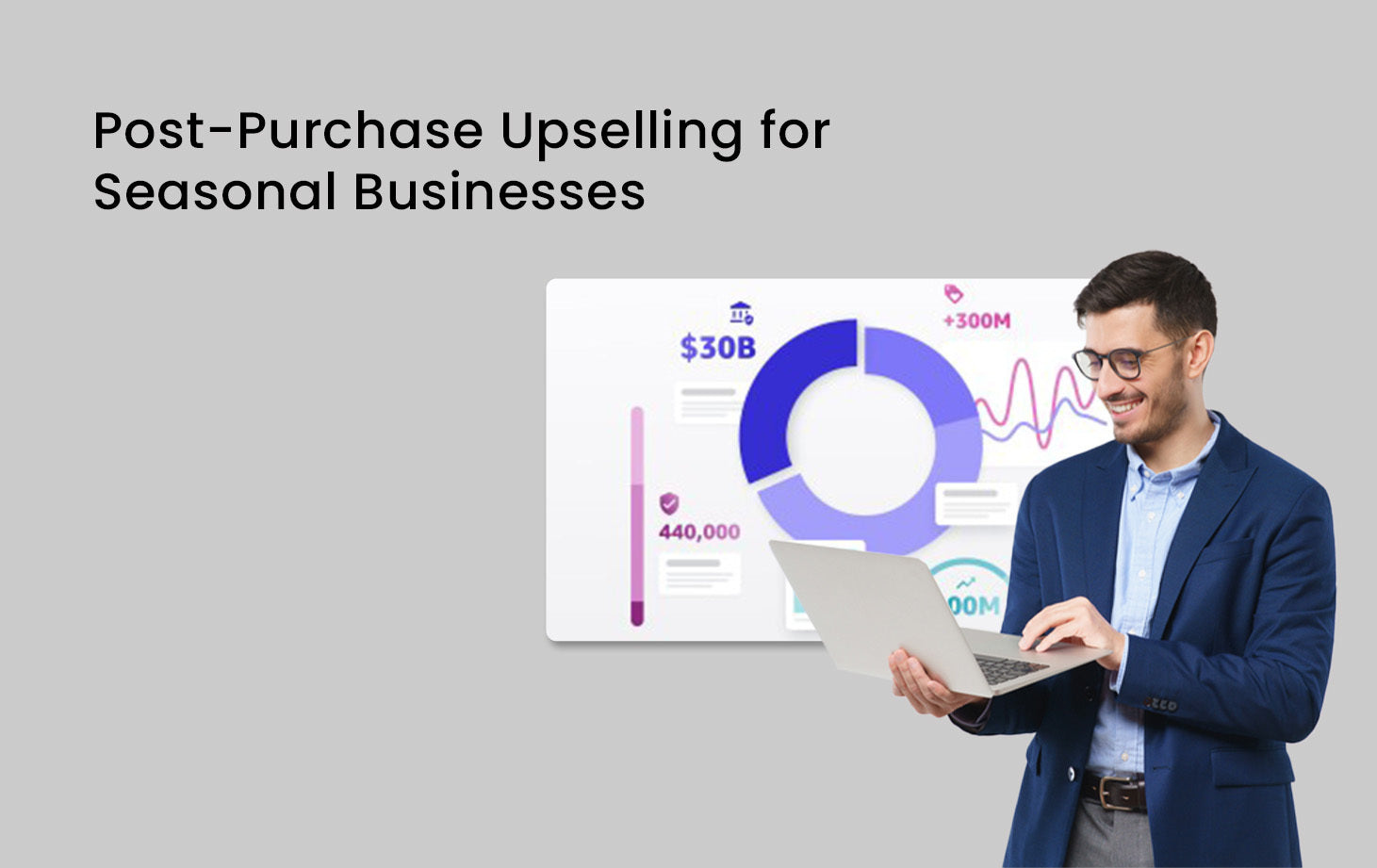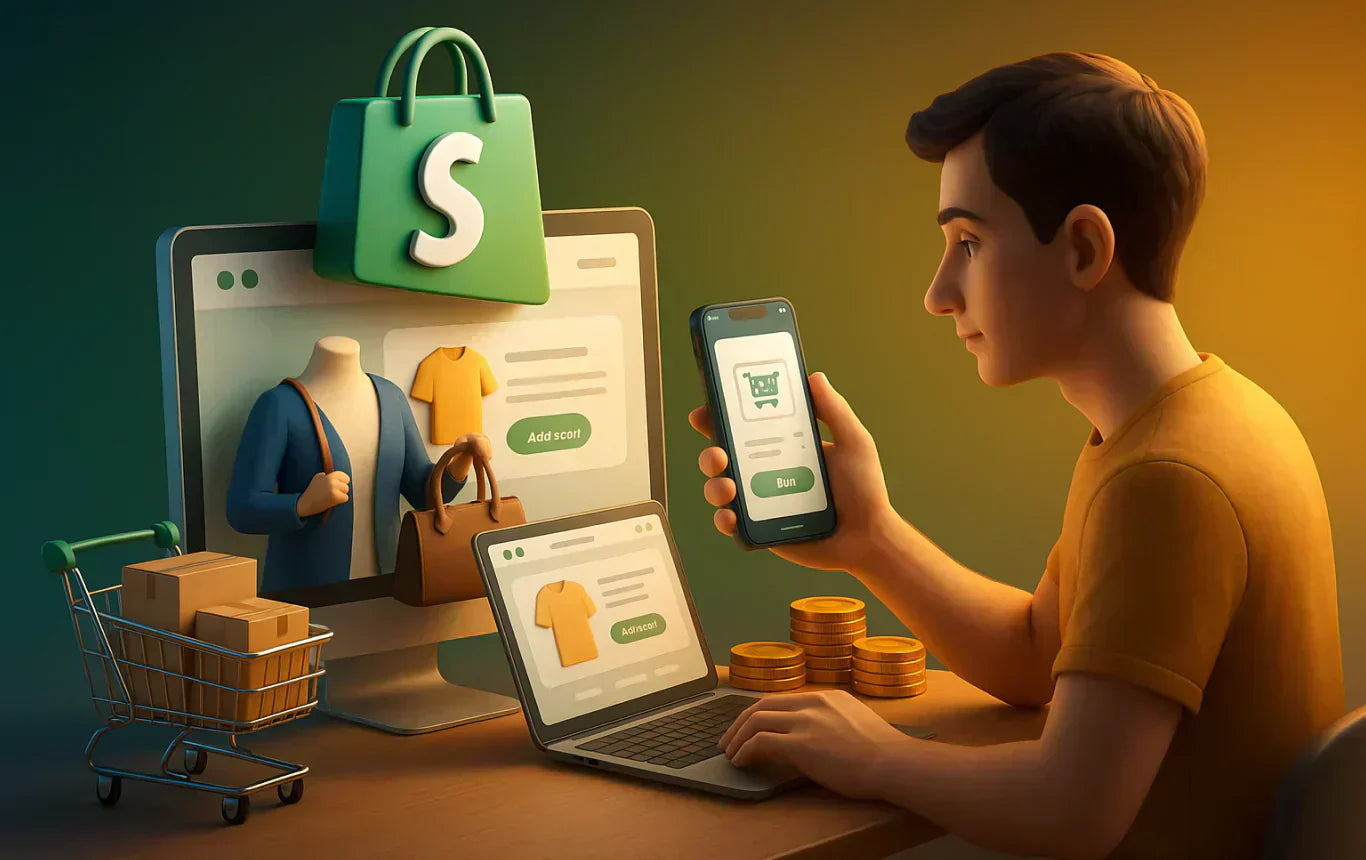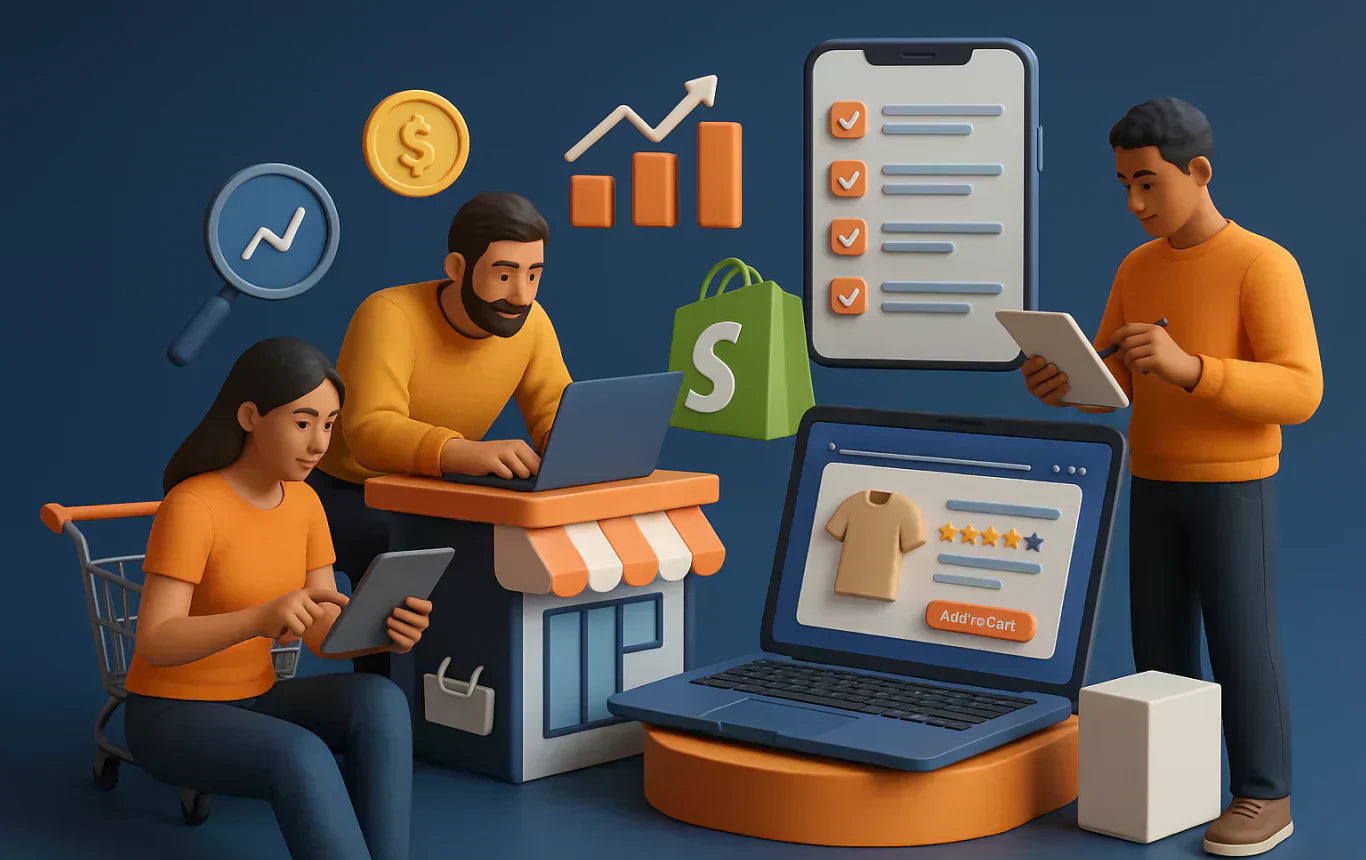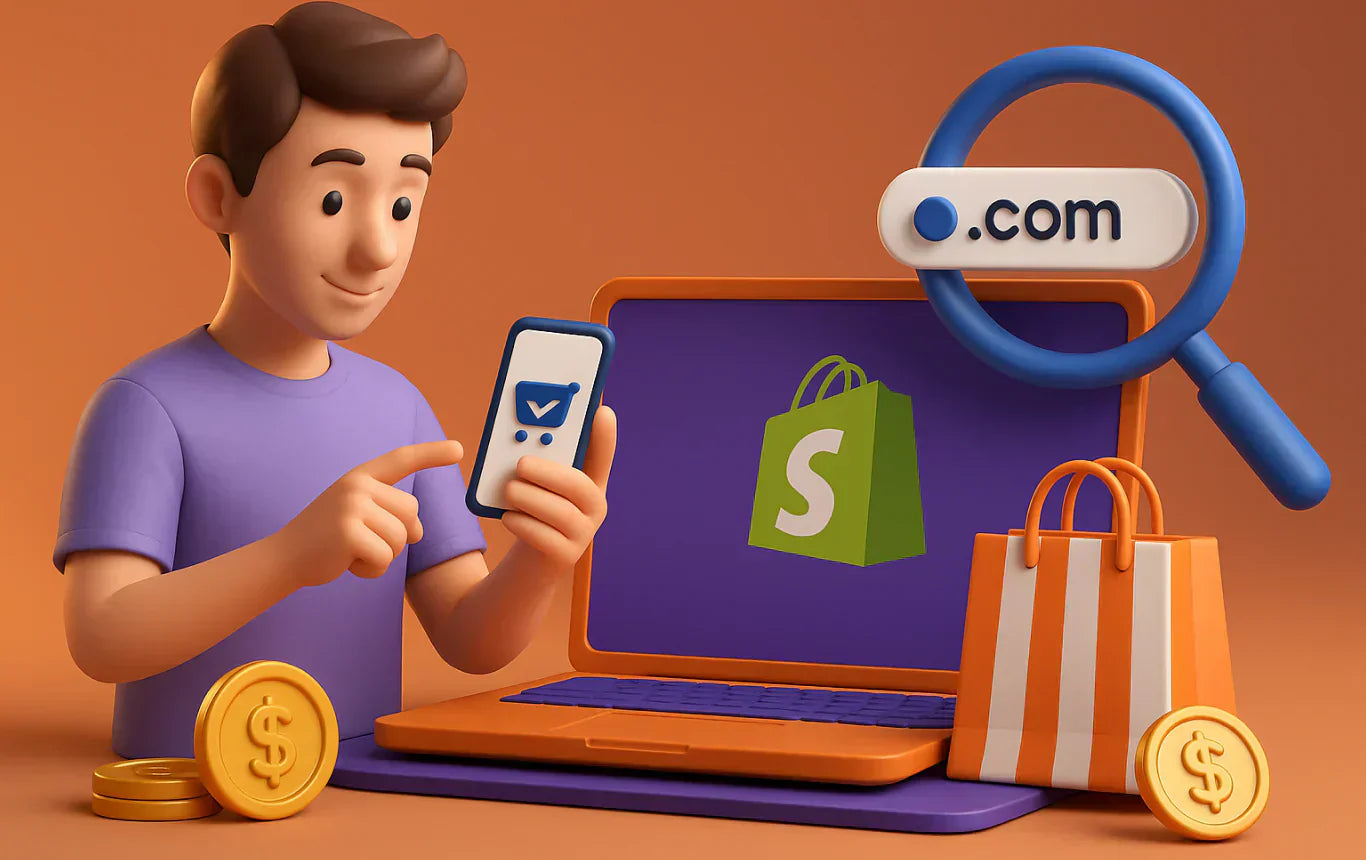Table of Content
In the world of e-commerce, seasonality plays a significant role in shaping consumer behavior and business strategies. For seasonal businesses, the challenge lies not only in capturing fleeting customer attention during peak seasons but also in retaining that attention and turning it into lasting growth throughout the year. One powerful strategy that can aid in this endeavor is post-purchase upselling.
Post-purchase upselling involves offering additional products or upgrades to customers after they have made a purchase. It's a strategic move that can lead to increased customer retention, higher average order values, and overall business growth. In this blog, we'll explore how seasonal businesses can leverage post-purchase upselling to their advantage.
The Seasonal Challenge

Seasonal businesses, whether they revolve around holidays, fashion seasons, or specific events, often experience fluctuating sales patterns. During their peak seasons, they might see a surge in customers and sales, but once the season ends, maintaining that momentum can be a challenge. Here's where post-purchase upselling becomes a valuable tool.
The Significance of Post-Purchase Upselling

Post-purchase upselling stands out as a crucial strategy for seasonal businesses due to several compelling reasons:
1. Elevating the Customer Experience
The importance of post-purchase upselling goes beyond revenue generation; it's a means of enhancing the overall customer journey. When executed effectively, this approach enriches the shopper's experience by presenting them with complementary products or enticing upgrades that perfectly align with their initial purchase. By doing so, businesses demonstrate their commitment to providing value beyond the initial transaction, fostering customer satisfaction and loyalty.
2. Amplifying Average Order Value (AOV)
Post-purchase upselling has a direct impact on the Average Order Value (AOV), a pivotal metric for business profitability. By enticing customers to add more items or opt for premium versions during the checkout process, businesses can substantially increase the monetary value of each transaction. This not only bolsters immediate revenue but also contributes significantly to the bottom line over time.
3. Fortifying Customer Retention
In the world of seasonal businesses, maintaining customer engagement throughout the off-season is a formidable challenge. This is where post-purchase upselling shines as a retention strategy. By offering pertinent post-purchase upsells, businesses can keep customers connected to their brand even when the peak season subsides. This continuous engagement significantly augments the likelihood of customers returning for the next peak season, bolstering long-term sustainability and growth.
Effective Approaches to Post-Purchase Upselling

In the realm of post-purchase upselling, several strategies can elevate your success:
1. Customization is Paramount
Tailoring your upsell offers to individual customer preferences and purchase histories is fundamental. Leverage data analytics and customer insights to suggest products that align seamlessly with their past buying behavior. For instance, if a customer previously bought winter coats during the holiday season, consider recommending matching scarves or gloves when colder months approach again.
2. Perfecting the Timing
Selecting the opportune moment to introduce upsell offers is pivotal. The post-purchase phase is ideal, as customers have already committed to a purchase and are in a receptive mindset. However, exercise caution to avoid inundating them with numerous offers. Gradual, well-timed upselling tends to be more effective.
3. Highlighting Value
When showcasing your upsell options, center your communication on the value they bring. Emphasize how the additional product enhances the customer's experience or addresses a specific need. Whether it's a bundled discount or an upgrade to their original purchase, clarity on why it's beneficial can make all the difference.
4. Crafting Irresistible Bundles
Packaging related products together to create enticing bundles is a strategic move. For instance, a fashion retailer could offer a complete summer outfit, including accessories, at a discounted price. Bundles simplify the decision-making process for customers and encourage them to increase their purchases.
5. Nurturing the Post-Purchase Relationship
Don't let the upsell be the end of your interaction. After the customer accepts the offer, continue to engage with excellence in customer service and additional post-purchase communication. This may encompass order updates, personalized recommendations, or invitations to join loyalty programs, all of which contribute to maintaining a robust customer relationship.
Tools and Technologies for Successful Post-Purchase Upselling
In your quest for effective post-purchase upselling, we’re going to save you a lot of time and recommend the perfect Shopify app for post-purchase upselling, HypeUp.

HypeUp serves as your confidential asset for accessing a fresh realm of revenue expansion. With this app at your disposal, you can envision a remarkable surge in your Average Order Value (AOV) while maintaining your customer acquisition costs at a steady 0%. How does it operate? HypeUp taps into the power of upselling and cross-selling by delivering personalized product recommendations on the post-purchase page like never before.
HypeUp goes beyond the mission of boosting your Average Order Value (AOV). It places a significant emphasis on enhancing customer engagement and fostering loyalty. Through the utilization of Display Notifications, you have the opportunity to integrate informative banners, visually captivating images, and compelling messages that elevate the entire shopping journey. This personalized approach not only garners appreciation from your customers but also increases the likelihood of them coming back for future transactions.
Conclusion
For seasonal businesses, post-purchase upselling isn't merely a strategy—it's a lifeline for sustained growth and customer retention. By individualizing offers, impeccable timing, value-centric presentations, bundle creations, and ongoing post-purchase engagement, you can transform one-time seasonal shoppers into loyal, year-round customers. Embrace the potential of post-purchase upselling to flourish in every season, witnessing your business blossom as never before.
In summary, post-purchase upselling isn't merely a revenue booster; it's a multifaceted strategy that enriches the customer experience, elevates average order values, and fortifies customer retention. Seasonal businesses that embrace this approach effectively stand to thrive not only during their peak seasons but also throughout the year.










